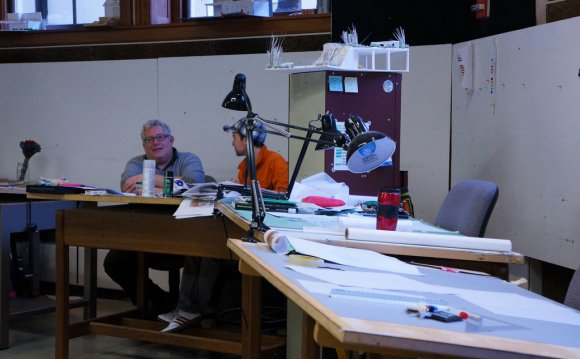
Landscape architecture includes case study, planning, design, management and stewardship from the natural and built atmosphere. The profession is really a unique mixture of the humanities and sciences and accounts for public spaces like the Memorial Union Terrace.
Creating, Planning and Controlling the Landscape
Landscape designers plan and style traditional places for example parks, residential developments, grounds, gardens, cemeteries, commercial centers, resorts, transportation facilities, corporate and institutional centers and waterfront developments. Additionally they design and plan the restoration of natural places disturbed by humans for example esturine habitat, stream corridors, found areas and forested land. Their appreciation for historic landscapes and cultural assets allows landscape designers to attempt upkeep planning projects for national, regional and native historic sites and areas (world wide web.asla.org).
Here’s what you are able use your landscape architecture training:
- Design landscapes on big and small sites both in urban and rural areas
- Plan using backwoods areas
- Assess environment impacts
- Restore and manage natural environments
- Direct public policy in regional land-use planning
- Create and revitalize urban communities, commercial districts and open space systems
- Design to advertise public health
- Work worldwide
Two Study Programs
The UW-Madison offers undergraduates two methods to study landscape architecture:
- Professional Design Program
This is one way to visit if you feel you would like to operate like a professional landscape architect. The program supplies a professional education accredited through the American Society of Landscape Designers. It’s the ideal choice if you wish to keep working for a private firm concentrating in landscape architecture or architecture, engineering or landscape contracting firms, or perhaps in a governmental design and planning agency. Training concentrates on design processes, technical understanding and graphic and verbal communication abilities. - Landscape Studies
This method focuses more about integrating the social, physical and natural sciences for conservation planning, policy and management. It’s the ideal choice if you are looking at visual resource management, environment impact assessment, environmental restoration, landscape reclamation, natural areas management, or cultural resource conservation. The main curriculum includes courses in site analysis, computerized land-human resources, historic upkeep and conservation ecology, in addition to a number of problem-oriented, problem-fixing training courses.
Experience Outdoors of sophistication
Like a landscape architecture major, you’ll obtain a lot from your classes by departing the class. The expertise you will get throughout independent study projects, area outings, site visits and professional internships will develop the building blocks of understanding received in class and studio.
You’ll possess a unique chance for personalized learning through projects directed with a across the country recognized faculty – not just our very own landscape designers, but additionally specialists from carefully related disciplines for example architecture, art, botany, geography, horticulture, and concrete and regional planning.
You’ll will also get area experience through summer time courses such areas as native plant towns and rural historic upkeep. These provide students with first-hands experience with the variety of these natural and cultural landscapes as Wisconsin’s Apostle Islands and rural Door County.
Where You will be Learning
The Department of Landscape Architecture has highly visible undergraduate and interdisciplinary graduate level programs. Its Faculty are very well known across the country.
Situated in Farming Hall, the landscape architecture department’s facilities include large studio areas for instruction, project development workspaces for every student, and various computer work stations. Steenbock Library is a block away. Courses are also held in the UW-Madison Arboretum, the Wisconsin Historic Society along with other locations through the condition.
Financial Help
The School of Farming and Existence Sciences offers many scholarship grants which are granted according to academic performance, need or extracurricular activities. For additional info on scholarship grants, financial loans and work-study programs contact the UW-Madison Office of monetary Services.








